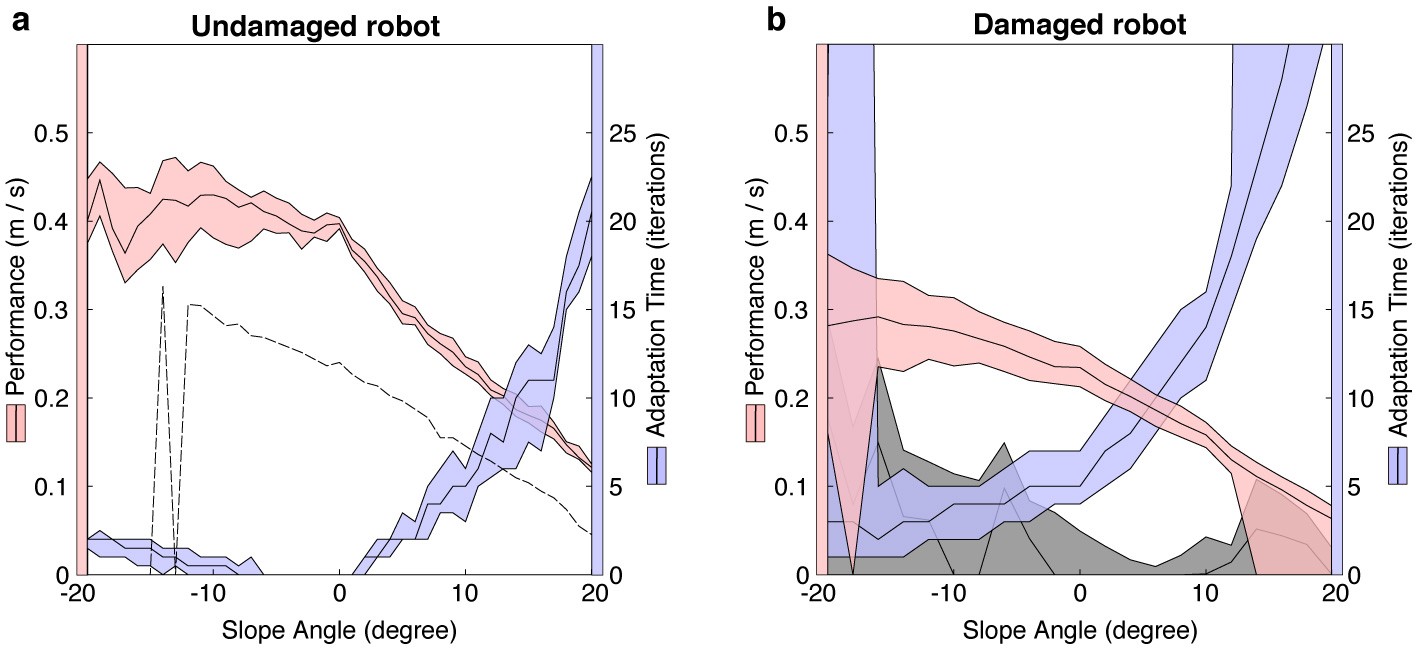Extended Data Figure 3: The IT&E algorithm is robust to environmental changes.

Each plot shows both the performance and required adaptation time for IT&E when the robot must adapt to walk on terrains of different slopes. a, Adaptation performance on an undamaged, simulated robot. On all slope angles, with very few trials, the IT&E algorithm (pink shaded region) finds fast gaits that outperform the reference gait (black dashed line). We performed ten replicates for each of the eight maps and each one-degree increment between â20° and +20° degrees (a total of 3,280 experiments). b, Adaptation performance on a damaged, simulated robot. The robot is damaged by having each of its six legs removed in six different damage scenarios. Data are pooled from all six of these damage conditions. For each damage condition, we performed ten replicates for each of the eight maps and each two-degree increment between â20° and +20° degrees (a total of 10,080 experiments). The median compensatory behaviour found via IT&E outperforms the median reference controller on all slope angles. The middle, black lines represent medians, while the colored areas extend to the 25th and 75th percentiles. In a, the black dashed line is the performance of a classic tripod gait for reference. In b, the reference gait is tried in all six damage conditions and its median (black line) and 25th and 75th percentiles (black coloured area) are shown. See experiment 3 in the Supplementary Information for methods and analysis.